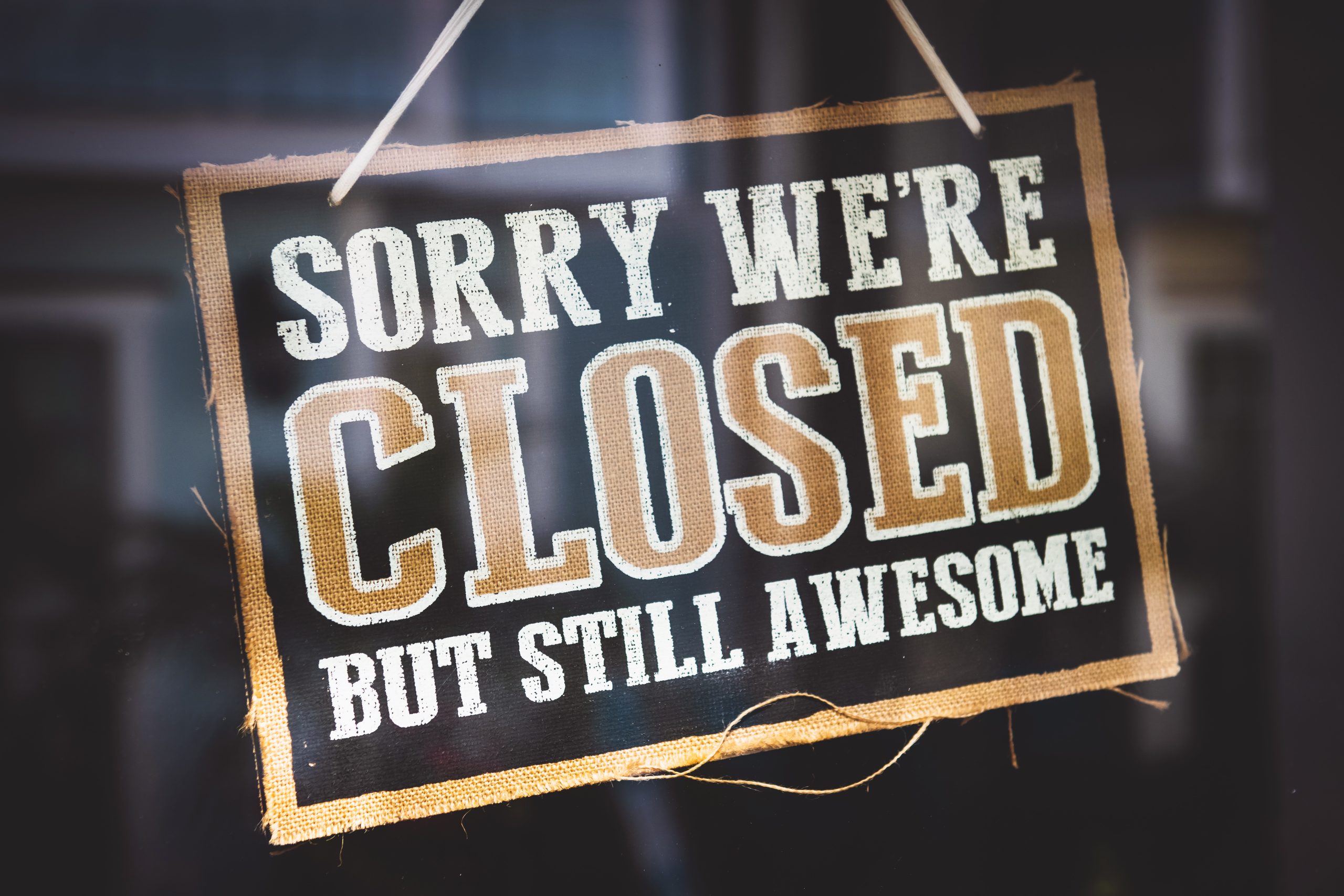I Ching Vs Tarot: A Comparison of Ancient Divination Methods
Throughout history, humans have sought guidance and insight into their lives through various means. From astrology to palmistry, divination practices have captivated and intrigued individuals for centuries. Two popular divination methods that have stood the test of time are the I Ching and Tarot. While both tools offer profound knowledge and introspection, they possess distinct characteristics and approaches. In this article, we will explore the key differences between the I Ching and Tarot, shedding light on their origins, structures, and interpretations.
Origins and Background
The I Ching, also known as the Book of Changes, has ancient roots that trace back over 3,000 years to ancient China. Its origins are attributed to the legendary emperor Fu Xi, who developed the eight-trigram system as a means to understand the patterns of the universe. The I Ching consists of 64 hexagrams, each formed by two trigrams, and provides insight into the cyclical nature of reality and the dynamic interplay of Yin and Yang.
Tarot, on the other hand, emerged during the Renaissance in Europe, around the 14th century. While its precise origins are unclear, Tarot cards were initially used for playing games before evolving into a divination tool. The Tarot deck comprises 78 cards, divided into two main groups: the Major Arcana and the Minor Arcana. The Major Arcana represents significant life events and archetypes, while the Minor Arcana reflects day-to-day experiences and aspects of existence.
Structure and Components
I Ching
The I Ching uses a system of solid and broken lines to form hexagrams. The lines represent Yin (broken line) and Yang (solid line) energy. To create a hexagram, one can flip three coins or use yarrow stalks to generate random numbers that determine the line’s type (solid or broken). Gradually, six lines are formed, creating a unique hexagram with its corresponding number and text.
| Component | Description |
|---|---|
| Hexagrams | 64 in total, formed by six lines |
| Yin and Yang | Represented by solid and broken lines |
| Text | Accompanying readings and interpretations |
Tarot
Tarot decks consist of two parts: the Major Arcana and the Minor Arcana. The Major Arcana comprises 22 cards, each representing a significant life experience or archetype. These cards typically depict figures and symbols associated with various concepts such as the Fool, the Magician, and the World.
The Minor Arcana consists of four suits: Cups, Pentacles, Swords, and Wands. Each suit contains 14 cards, divided into four court cards (Page, Knight, Queen, King) and ten numbered cards representing different aspects of life. For instance, the suit of Cups relates to emotions and relationships, while Pentacles symbolize material possessions and career.
| Component | Description |
|---|---|
| Major Arcana | 22 cards representing significant life events |
| Minor Arcana | 56 cards divided into four suits |
| Symbols | Depict figures and objects related to various concepts |
Interpretation and Readings
I Ching
The I Ching offers profound insights through the interpretation of the hexagrams and their corresponding texts. The hexagrams reflect the fluctuations between Yin and Yang and offer guidance based on the archetypal energies at play. When consulting the I Ching, individuals often ask a specific question and cast the hexagram to receive an answer. The accompanying text provides intricate interpretations of the hexagram’s lines, offering guidance and perspective on the situation at hand.
It is important to note that the I Ching is not predictive in the conventional sense. Instead, it emphasizes the underlying principles and dynamics of a situation, highlighting the potential outcomes based on the choices and actions one makes. The I Ching promotes self-reflection, encouraging individuals to consider their role in the process and the possible consequences of their decisions.
Tarot
Tarot readings involve shuffling and drawing cards to gain insight into particular questions or aspects of life. Each card holds a symbolic representation of specific energies and archetypes, contributing to the overall narrative formed during the reading. Tarot readers interpret the cards’ positions, symbolism, and relationships to provide guidance and understanding.
While Tarot readings can reflect the present circumstances and potential future outcomes, they also emphasize personal empowerment. Tarot reminds individuals that they have agency and the ability to shape their own path. The cards serve as a mirror, reflecting one’s thoughts, emotions, and patterns, encouraging self-reflection and personal growth.
Bridging Divination Methods
Despite their differences, the I Ching and Tarot share a common goal: to offer guidance and insight into one’s life. Some individuals integrate these divination systems, drawing on the unique qualities of each to deepen their understanding.
The I Ching’s emphasis on the dynamic nature of reality and the interplay of Yin and Yang can complement Tarot’s symbolic richness. Together, they provide a comprehensive perspective that incorporates both energetic flow and symbolic representation. Integrating these methods allows for a broader exploration of personal growth, decision-making, and understanding of life’s complexities.
Conclusion
Whether one chooses to consult the I Ching or Tarot for guidance, both divination methods offer profound insights and perspectives. The I Ching draws from ancient Chinese wisdom and the dynamics of Yin and Yang, while Tarot originates from Renaissance Europe and utilizes symbolic archetypes. While each method has its unique structure and approach to readings, both invite introspection and personal growth.
Ultimately, the choice between the I Ching and Tarot depends on personal preferences and resonance. Exploring and embracing these divination systems can lead to profound discoveries, fostering a deeper connection with oneself and the world around us.
References
- Stanford Encyclopedia of Philosophy: I Ching
- Biddy Tarot: What is Tarot and How Does It Work?
- Wikipedia: Divinatory, Esoteric, and Occult Tarot
Table of Contents
